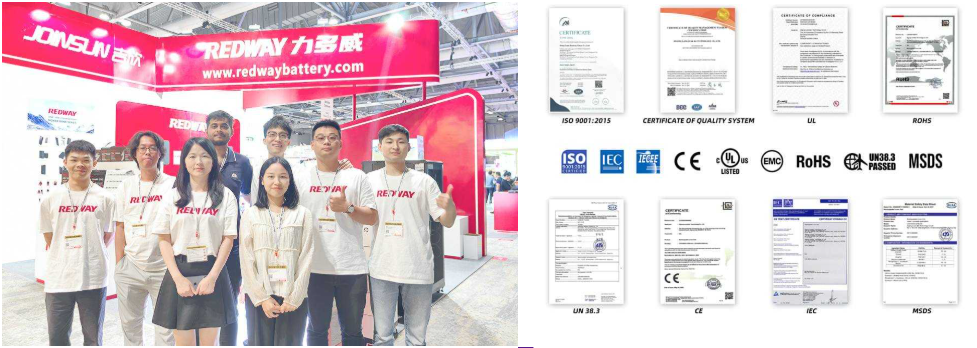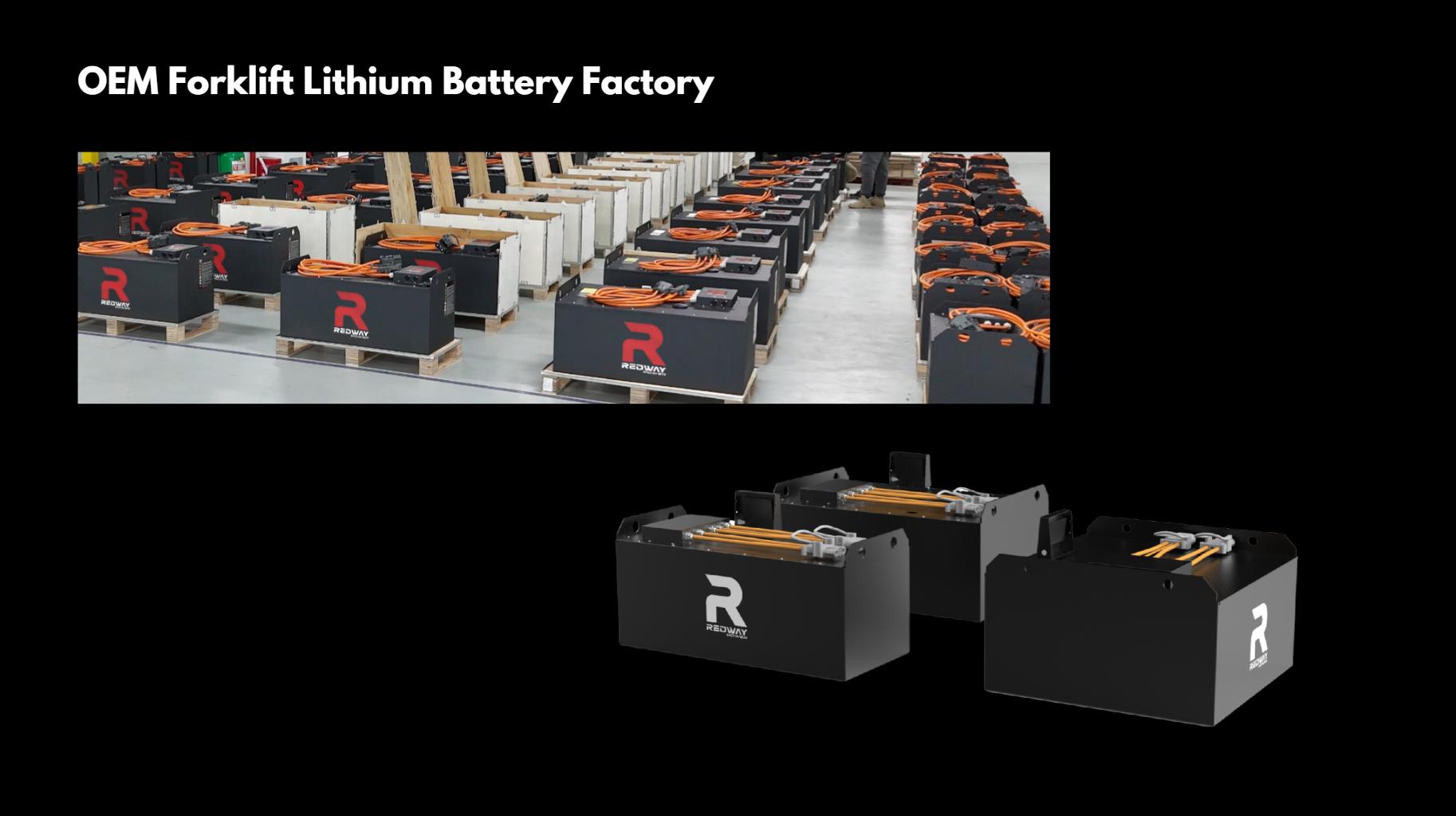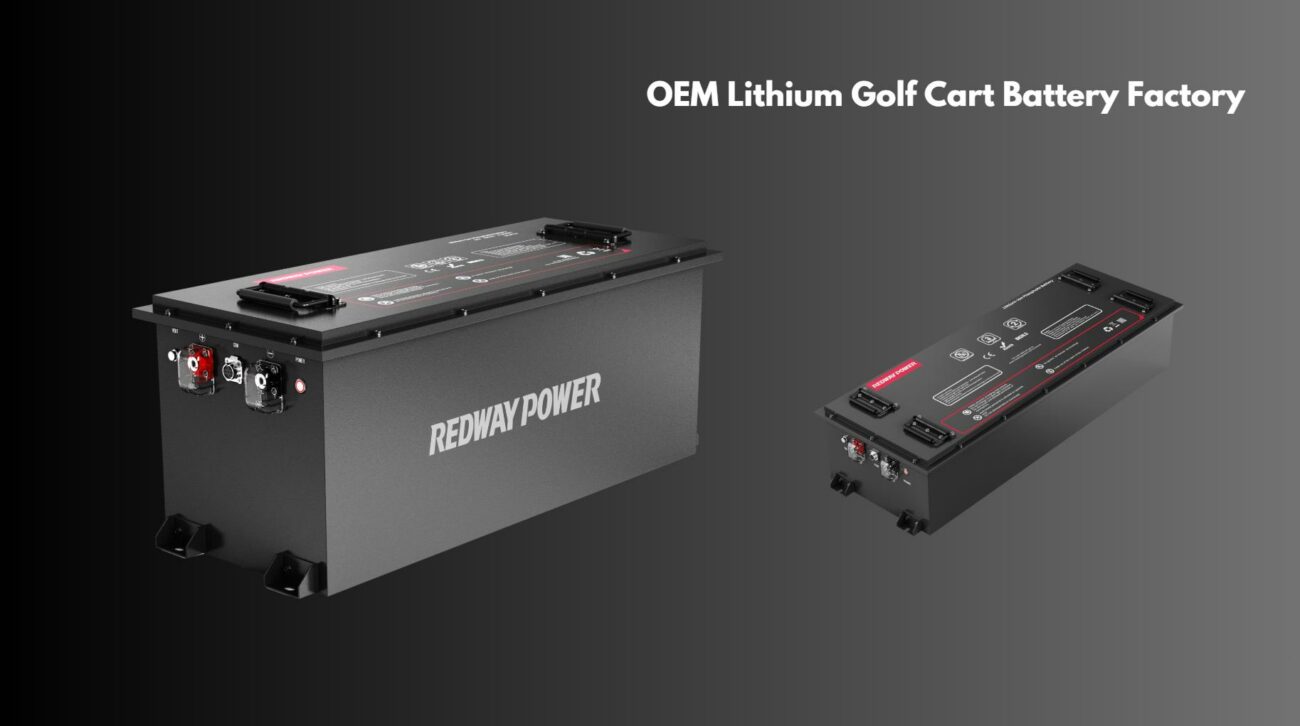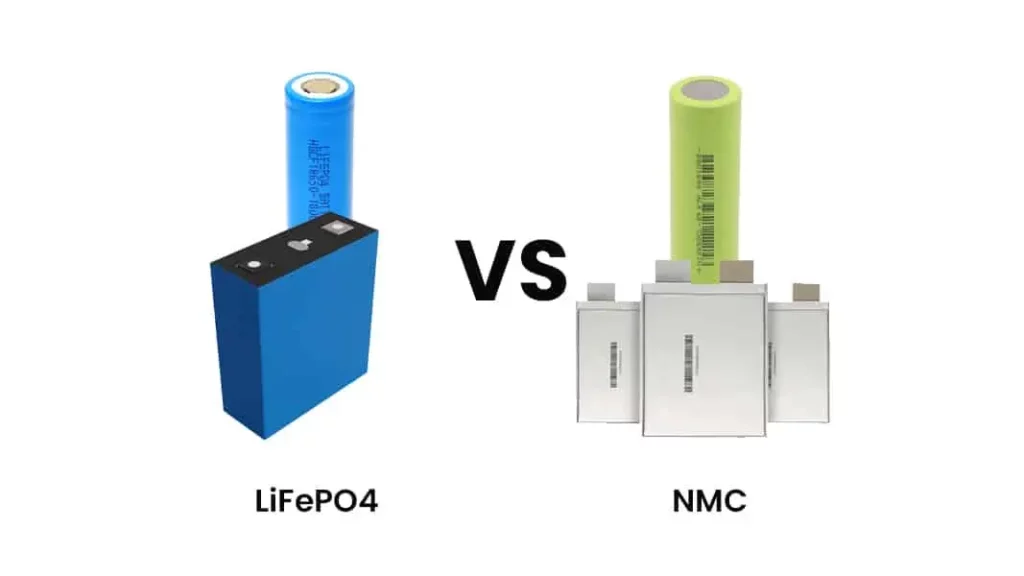What quality control measures are implemented at a reputable LiFePO4 battery factory? A top LiFePO4 manufacturer conducts automated inspections, capacity testing, thermal stability checks, and cycle life analysis to ensure consistency, safety, and longevity in every battery produced. What level of inspection is enforced to verify materials? Rigorous testing and cross-checking happens at all steps of production. Why is this so critical? To meet demanding performance expectations and strict safety regulations.
How Do Reputable Manufacturers Ensure the Quality of Raw Materials Used in LiFePO4 Batteries?
Reputable manufacturers ensure raw material quality through stringent sourcing protocols and rigorous testing. What types of materials are tested? High-purity lithium, iron phosphate, and graphite are sourced from reputable suppliers to minimize impurities. How are these materials tested? Testing protocols verify material integrity before production begins.Raw Material Purity Levels
| Material | Purity Level (%) | Source Type |
|---|---|---|
| Lithium | 99.5 | Mineral/Brine |
| Iron Phosphate | 99 | Chemical Synthesis |
| Graphite | 99 | Natural/Synthetic |
What Real-Time Monitoring and In-Process Inspections are Implemented During LiFePO4 Battery Production?
Real-time monitoring and in-process inspections are crucial for maintaining quality throughout LiFePO4 battery production. What parameters are monitored during production? Electrode thickness, electrolyte composition, and environmental conditions are continuously monitored. Why is this monitoring so important? Continuous monitoring helps ensure compliance with safety standards and performance benchmarks.
Also read:
LiFePO4 Batteries: How Shipping Rules Shape Manufacturing?
LiFePO4: How Green Is Production?
LiFePO4 Quality: How’s It Checked?
How Does Battery Design Affect Performance & Lifespan?
How is the Quality and Consistency of Electrode Coatings Controlled in LiFePO4 Battery Manufacturing?
Electrode coating is a vital step in battery production, and its quality is carefully controlled. How do manufacturers control electrode quality? Slurry containing active materials is applied to metal foils to form anode and cathode layers. Why is consistency in this step important? The uniformity and thickness of this coating directly impact ion transport efficiency and overall battery capacity.
What Automated Techniques and Precision Measures are Employed During LiFePO4 Cell Assembly?
Automated techniques and precision measures are employed during cell assembly to enhance accuracy. What does cell assembly involve? Cell assembly involves layering anode, separator, and cathode materials with precision to prevent short circuits while ensuring effective ion flow. Why is automation beneficial in this process? Automated systems enhance accuracy during this process.
Why is Strict Environmental Control Maintained During the Manufacturing of LiFePO4 Batteries?
Strict environmental control is maintained during LiFePO4 battery manufacturing to mitigate risks. What environmental factors are controlled? Humidity and temperature are carefully controlled. Why are these controls important? These factors can significantly influence battery performance, and manufacturers mitigate risks associated with moisture absorption or temperature fluctuations.
What Key Performance Assessments and Functional Tests are Conducted Post-Assembly of LiFePO4 Batteries?
Key performance assessments and functional tests are conducted post-assembly to ensure batteries meet performance standards. What types of assessments are performed? These include capacity measurements, cycle life tests, and rate capability assessments. What do these assessments reveal? These assessments ensure batteries meet performance standards.
What Comprehensive Safety Tests are Performed to Validate the Integrity of LiFePO4 Batteries?
Comprehensive safety tests are performed to validate the integrity of LiFePO4 batteries. What kinds of safety tests are typically conducted? These include tests for overcharging, over-discharging, and high-temperature exposure. What are manufacturers hoping to validate with these tests? These tests verify the battery’s response to extreme conditions.
What Conditioning and Stabilization Occur During the Formation Process of LiFePO4 Batteries?
Conditioning and stabilization occur during the formation process of LiFePO4 batteries. What happens during the formation process? The formation process involves several charge and discharge cycles under controlled conditions. Why is this process so important? This helps stabilize the electrodes and enhance their performance.
How is Tear-Down Analysis Applied to Refine and Enhance LiFePO4 Battery Manufacturing Processes?
Tear-down analysis is applied to refine and enhance LiFePO4 battery manufacturing processes. What does tear-down analysis involve? Cells that are rejected during formation and sorting are torn down and analyzed. What is the goal of this analysis? They are extensively screened for visual, physical, and other defects to determine internal problems.
Why Does Maintaining a Clean Manufacturing Environment Matter in LiFePO4 Battery Production?
Maintaining a clean manufacturing environment is essential in LiFePO4 battery production. Why is cleanliness so important? Maintaining clean facilities and equipment helps prevent contamination of lithium-ion cells. How does contamination affect batteries? This prevents swelling and short-circuiting.
In What Ways Does Automation Improve the Accuracy and Consistency of LiFePO4 Battery Manufacturing?
Automation enhances the accuracy and consistency of LiFePO4 battery manufacturing. How does automation reduce errors? Automation removes some of the human error and inconsistencies from the manufacturing process. What other benefits does automation provide? It also helps standardize production and protect people from contact with hazardous materials.
What is the Purpose and Process of X-Ray Inspection in LiFePO4 Battery Quality Control?
X-ray inspection plays a crucial role in LiFePO4 battery quality control. What does X-ray analysis reveal? Manufacturers X-ray the cell materials to ensure each component is assembled correctly. What problems can X-rays detect? This process identifies defects or impurities, ensuring layers are rolled or placed with the proper tension or stacking pressure.
How Do Sorting and Aging Processes Contribute to Quality Assurance in LiFePO4 Battery Production?
Sorting and aging processes contribute to quality assurance in LiFePO4 battery production. What happens during sorting and aging? This step is done to sort out the weaker cells and is used for quality assurance. How are batteries evaluated during this process? The battery is monitored by regularly measuring the open circuit voltage (OCV) periodically over a pre-determined timeframe.
What Statistical Process Control (SPC) Methods are Utilized to Monitor and Control LiFePO4 Battery Quality?
Statistical Process Control (SPC) methods are utilized to monitor and control LiFePO4 battery quality. How does SPC improve quality control? SPC involves using statistical techniques to monitor and control the manufacturing process. What is the goal of using SPC? This ensures that the process operates efficiently, producing more batteries within specification.
How Do LiFePO4 Battery Manufacturers Address and Manage Non-Conforming Materials?
LiFePO4 battery manufacturers have established procedures for addressing and managing non-conforming materials. What steps are taken when materials don’t meet standards? Any deviations from the desired specifications can lead to rejection or rework of the cells. What is the goal of this process? To ensure consistent quality.
What Training and Certification Programs are Required for Quality Control Personnel at LiFePO4 Battery Factories?
Training and certification programs are essential for quality control personnel at LiFePO4 battery factories. What do these programs cover? These programs ensure that personnel are well-versed in quality control procedures, testing methodologies, and safety protocols. What is the overall goal of these programs? To maintain high standards of product quality and safety.
How is Electrolyte quality tested during quality control in the LiFePO4 battery factory?
Electrolyte quality is tested with precision during quality control in the LiFePO4 battery factory. How is electrolyte composition checked? Testing ensures compliance with safety standards and measures parameters like stability. What other measures are implemented in this process? Manufacturers perform color tests on electrolyte materials before use.
What Quality Control Measures are Implemented at a Reputable LiFePO4 Battery Factory?
What Quality Control Measures are Implemented at a Reputable LiFePO4 Battery Factory? Reputable LiFePO4 battery factories implement rigorous quality control measures at every stage of production, from raw material sourcing to final product testing. These measures include continuous monitoring, in-process inspections, automated checks, and comprehensive safety assessments, ensuring the delivery of high-quality, reliable, and safe LiFePO4 batteries. What Quality Control Measures are Implemented at a Reputable LiFePO4 Battery Factory is important.
| Quality Control Measure | Description | Stage of Production |
|---|---|---|
| Raw Material Testing | Verifying the purity and integrity of lithium, iron phosphate, and graphite. | Raw Material Sourcing |
| In-Process Inspections | Continuous monitoring of electrode thickness, electrolyte composition, and environmental conditions. | Electrode Coating, Cell Assembly |
| Performance Assessments | Measuring capacity, cycle life, and rate capability. | Post-Assembly |
| Safety Testing | Verifying response to overcharging, over-discharging, and high temperatures. | Post-Assembly |
| Formation | Conditioning cells through controlled charge and discharge cycles to stabilize electrodes. | Post-Assembly |
| Tear-Down Analysis | Analyzing rejected cells for defects to improve manufacturing processes. | Post-Assembly |
| X-Ray Inspection | Ensuring correct assembly and identifying defects or impurities in cell materials. | Cell Assembly |
| Sorting and Aging | Monitoring cells for voltage drops or capacity issues over time to identify weaker cells. | Post-Assembly |
| Automation | Enhancing accuracy and consistency in manufacturing processes while minimizing human error. | Various Stages |
| Environmental Control | Maintaining controlled humidity and temperature levels during production to mitigate risks. | Electrode Coating, Cell Assembly |
Expert Views
“At Redway, quality is not just a step in the process; it’s ingrained in our culture,” says a leading quality control expert from Redway. “From sourcing the highest-grade raw materials to leveraging advanced automation and rigorous testing protocols, we ensure that every LiFePO4 battery that leaves our facility meets the most stringent performance and safety standards. Our commitment to quality is what sets us apart and drives our customers’ trust.”
Conclusion
What Quality Control Measures are Implemented at a Reputable LiFePO4 Battery Factory? In conclusion, reputable LiFePO4 battery factories implement an extensive array of quality control measures to ensure the reliability, safety, and performance of their products. These measures encompass everything from raw material sourcing and in-process inspections to comprehensive performance testing and safety assessments. By adhering to stringent quality control protocols, manufacturers can deliver high-quality LiFePO4 batteries that meet the demands of diverse applications.
FAQ
- How do LiFePO4 battery manufacturers ensure the purity of raw materials? Manufacturers source high-purity materials from reputable suppliers and conduct rigorous testing to verify material integrity before production begins.
- What is the purpose of in-process inspections during LiFePO4 battery manufacturing? In-process inspections involve continuous monitoring of parameters like electrode thickness and electrolyte composition to ensure compliance with quality standards.
- How does automation contribute to quality control in LiFePO4 battery production? Automation reduces human error and standardizes production processes, leading to greater consistency in battery quality.
- What types of safety tests are performed on LiFePO4 batteries? Safety tests include assessments of the battery’s response to overcharging, over-discharging, and high-temperature exposure.
- Why is tear-down analysis conducted on rejected LiFePO4 battery cells? Tear-down analysis involves disassembling and inspecting rejected cells to identify defects and improve the manufacturing process.










